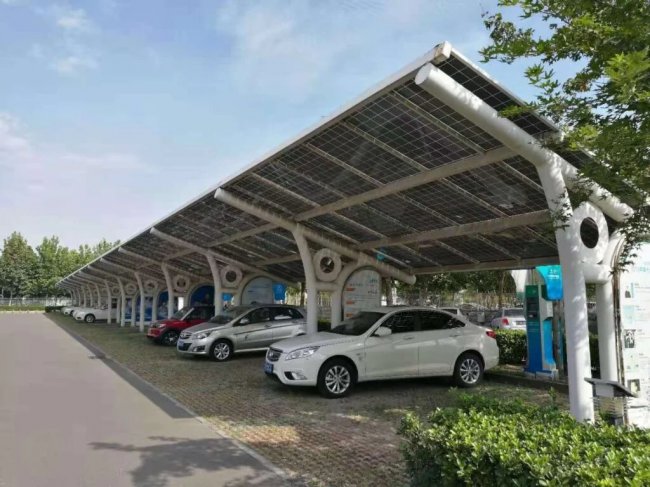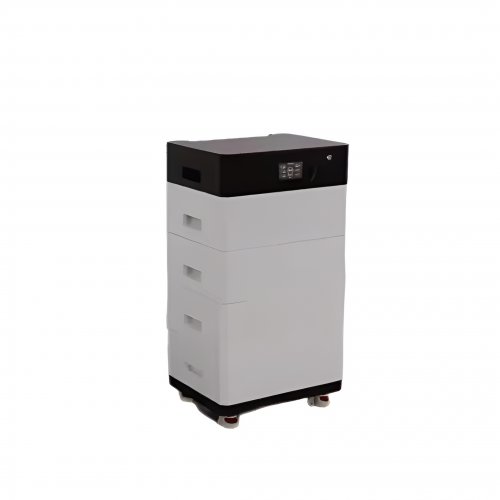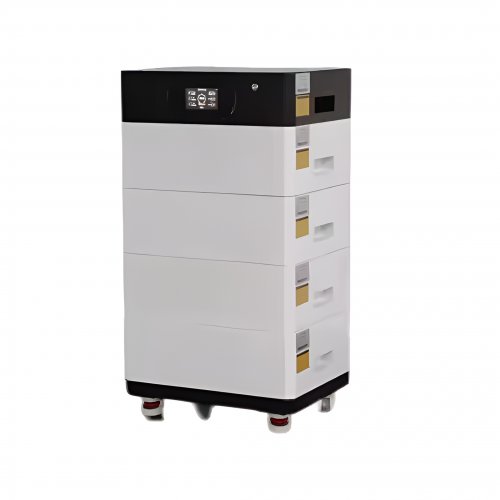How To Use Lifepo4 Battery Usage Guide: Maximizing Performance, Safety, And Lifespan
Lithium Iron Phosphate (LiFePO4) batteries represent a significant advancement in rechargeable battery technology, offering superior safety, a long cycle life, and stable performance. Unlike traditional lead-acid or other lithium-ion chemistries, LiFePO4 batteries require specific care to unlock their full potential. This comprehensive guide provides detailed steps, practical tips, and crucial precautions to ensure you get the most out of your investment.
Understanding Your LiFePO4 Battery
Before diving into usage, it's important to recognize key advantages: exceptional thermal and chemical stability (enhanced safety), a lifespan of 2000-5000+ cycles, and nearly 100% usable capacity. They are ideal for applications like solar energy storage, marine use, RVs, golf carts, and backup power systems.
Step-by-Step Usage Guide
1. Initial Inspection and InstallationUnboxing: Carefully remove the battery from its packaging. Inspect it for any signs of physical damage, such as cracks, dents, or leaking. Do not install a damaged battery.Reading the Manual: Always consult the manufacturer’s manual first. Specifications for charging voltage, current, and temperature can vary slightly between models.Installation Environment: Install the battery in a dry, well-ventilated area. It should be protected from direct sunlight, water, and moisture. Avoid installing in living quarters if possible due to potential gassing during failure, though this is rare with LiFePO4.Mounting: Secure the battery firmly in place to prevent vibration or movement, especially in vehicles or boats. Use non-conductive brackets if necessary to avoid short circuits.Connections: Ensure all terminals are clean and tight. Use appropriate cable sizes to handle the maximum expected current. Always connect the positive terminal first, followed by the negative, to minimize sparking risk. Use insulated tools.
2. Initial Charging Most LiFePO4 batteries arrive with a partial charge (typically 30-50%). It is recommended to fully charge them before the first use with a compatible LiFePO4-specific charger. This helps balance the cells and provides a accurate state-of-charge reading if your battery has a Battery Management System (BMS) with a display.
3. Daily Operation and ChargingUsing a Compatible Charger: This is the most critical rule. Never use a charger designed for lead-acid, AGM, or GEL batteries. These chargers have different voltage profiles and will severely damage your LiFePO4 battery. Use only a charger specifically programmed for LiFePO4 chemistry.Charging Parameters: A typical LiFePO4 battery charges at a constant current (CC) until it reaches around 14.2V to 14.6V (for a 12.8V system), then switches to constant voltage (CV) until the current tapers off. The charger should automatically stop or enter a float mode.Discharging: You can safely discharge a LiFePO4 battery to 100% of its capacity (down to 10-20% State of Charge, or SOC) without harming it, unlike lead-acid which suffers if discharged below 50%. However, for maximum longevity, avoiding deep discharges and keeping the battery between 20% and 80% SOC is ideal for daily use.
4. Long-Term Storage If you need to store the battery for an extended period (a month or more):Charge it to approximately 50-60% State of Charge (SOC). This is the most stable voltage level for long-term health.Disconnect it from any load or charger.Store it in a cool, dry place. The ideal storage temperature is between 0°C and 25°C (32°F to 77°F).Check the voltage every 3-6 months. If the charge drops significantly (below 20-30%), give it a brief top-up to the 50-60% level before storing it again.
Practical Tips and Best PracticesInvest in a Battery Monitor: A dedicated battery monitor (e.g., with a shunt) is invaluable. It provides precise data on voltage, current, power, and state of charge, eliminating guesswork and preventing deep discharges.Temperature Management: While LiFePO4 batteries operate well in a wide range of temperatures, charging below 0°C (32°F) can cause permanent damage. Many high-quality batteries or chargers have built-in temperature sensors to disable charging in freezing conditions. Avoid charging in extremely hot environments (>45°C / 113°F) as well.Partial Charges are Fine: There is no "memory effect." You can top up your battery anytime without needing to perform a full discharge-charge cycle. Frequent partial charges are actually beneficial.Cell Balancing: A quality LiFePO4 battery comes with an integrated BMS. The BMS protects the battery and automatically balances the cells during the CV charging phase. To ensure effective balancing, occasionally allow the battery to undergo a full charge cycle where it remains at the absorption voltage until the current drops to nearly zero.
Critical Safety Precautions and What to AvoidDO NOT Overcharge: The BMS is the last line of defense. Relying on it regularly is poor practice. Using an incorrect charger can force the BMS to disconnect, which stresses the system.DO NOT Short Circuit: A short circuit can generate extremely high currents, causing severe damage, fire, or explosion. Always use proper fuses or circuit breakers on the positive cable, close to the battery terminal.DO NOT Pierce or Incinerate: While chemically very stable, physically damaging the battery casing can lead to dangerous failures.DO NOT Disassemble: The battery contains high energy and should only be serviced by qualified professionals.Avoid Water Immersion: The battery is often sealed, but connectors and cables are not. Keep them dry.Understand BMS Protections: Know that your BMS will disconnect the battery in cases of over-voltage, under-voltage, over-current, or short circuit. If your battery suddenly "dies," check these parameters before assuming it's faulty.
By following this guide, you can ensure that your LiFePO4 battery delivers on its promise of long life, reliable power, and safe operation. Proper care and the use of correct equipment are the keys to maximizing the value and performance of this advanced energy storage technology.
Customized/OEM/ODM Service
HomSolar Supports Lifepo4 battery pack customization/OEM/ODM service, welcome to contact us and tell us your needs.


HomSolar: Your One-stop LiFePO4 Battery Pack & ESS Solution Manufacturer
Our line of LiFePO4 (LFP) batteries offer a solution to demanding applications that require a lighter weight, longer life, and higher capacity battery. Features include advanced battery management systems (BMS), Bluetooth® communication and active intelligent monitoring.

Customised Lithium Iron Phosphate Battery Casing
ABS plastic housing, aluminium housing, stainless steel housing and iron housing are available, and can also be designed and customised according to your needs.

HomSolar Smart BMS
Intelligent Battery Management System for HomSolar Energy Storage System. Bluetooth, temperature sensor, LCD display, CAN interface, UART interface also available.


Terminals & Plugs Can Be Customized
A wide range of terminals and plugs can be customised to suit the application needs of your battery products.

Well-designed Solutions for Energy Storage Systems
We will design the perfect energy storage system solution according to your needs, so that you can easily solve the specific industry applications of battery products.



About Our Battery Cells
Our energy storage system products use brand new grade A LiFePO4 cells with a battery lifespan of more than 4,000 charge/discharge cycles.



Applications in Different Industries
We supply customized & OEM battery pack, assemble cells with wiring, fuse and plastic cover, all the cell wires connected to PCB plug or built BMS.
Applications: E-bike, Electric Scooter, Golf Carts, RV, Electric Wheelchair, Electric Tools, Robot Cleaner, Robot Sweeper, Solar Energy Storage System, Emergency Light, Solar Power Light, Medical Equipment, UPS Backup Power Supply.
We can provide you with customized services. We have the ability to provide a vertical supply chain, from single cells to pack/module and to a complete power solution with BMS, etc.


HomSolar (Shenzhen) Technology Co., Ltd
























